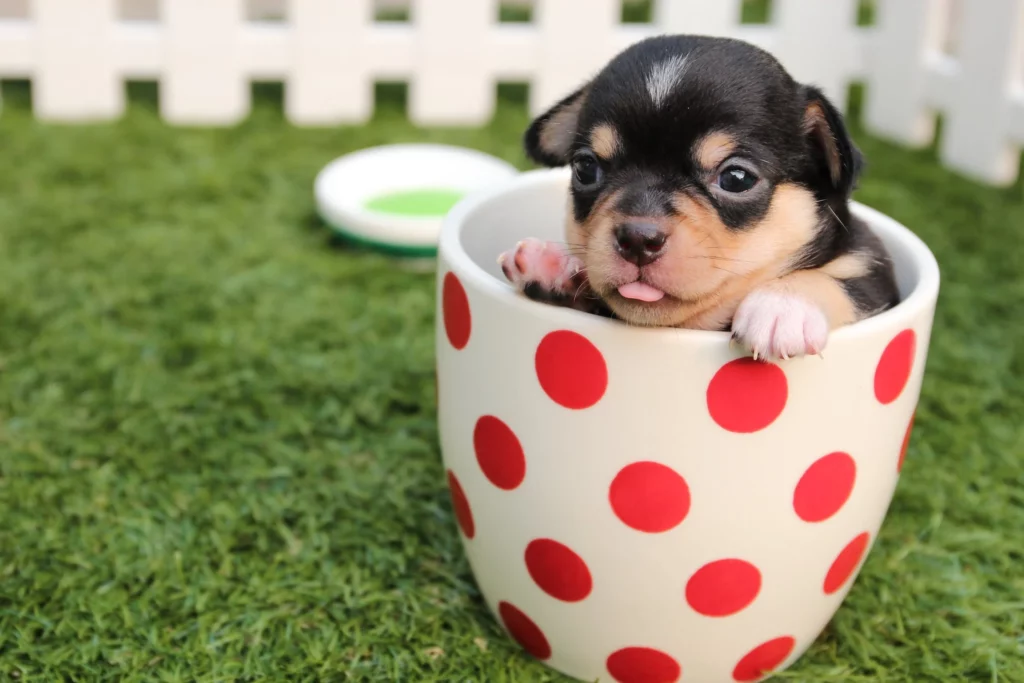
Context
In 2020, several fashion brands were severely berated by the public for failing to take a stand against racism in the Black Lives Matter movement. It is not unusual for consumers to punish brands following this type of transgressions. The punishments and their magnitudes depend on multiple variables such as brand personality or relations between the brand and consumers. In an article published in 2022 in the International Journal of Research in Marketing, Septianto and Kwon investigate how a particular brand trait, cuteness, influences consumers’ intents to punish the brand following a transgression.
Research questions
In this research, cuteness designates kindchenschema cuteness (as opposed to whimsical cuteness), which is defined as the appeal associated with an object exhibiting the baby-like or infantile features or aspects found in newborn or very young children. The brand logo is used as an indicator of cuteness. Indeed, brand logos are used to differentiate brands from competitors and both construct and derive from the brand’s identity and personality. Some logos may display cute elements, such as those of Hello Panda biscuits or Purina’s Felix cat food. Septianto and Kwon thus ask the following research question: do cute logos influence consumer forgiveness in the event of a brand transgression?
Method
To answer this research question, 5 experiments were conducted. In each study, cuteness was manipulated using drawings of animals that were specified as brand logos.
– Study 1 investigated the causal relation between logo cuteness and intentions to punish the transgressive brand. 224 students were shown the image of a cat (with high or low levels of cuteness), that depicted a pharmaceutical company. They then read a text describing the company’s transgression or refusal to transgress. Finally, they rated their intentions to punish.
– Study 2 considered the mediating role of beliefs about the brand’s development on the relation between logo cuteness and intentions to punish the brand. 199 MTurk participants followed the same procedure as in Study 1, but also answered questions about their belief concerning the brand’s development.
– Study 3 focus on the impact of the belief about the brand’s development on intentions to punish. 407 MTurk respondents were randomly exposed to different levels of logo cuteness and mottos signaling different levels of brand malleability. In this experiment, punishment intent was measured by the consumers’ decision to cheat in a contest sponsored by the brand.
– Studies 4a (with 205 Prolific respondents) and 4b (with 399 MTurk participants) looked into boundary conditions of the cuteness effect. They used protocols that were similar to those of the previous experiments, but participants were either exposed to a scenario with a unique or multiple brand transgressions.
Results
– In the context of a brand transgression, the cuter the brand logo, the more forgiving the consumers. This is because a cute logo is perceived as a sign of malleability. In other words, it gives consumers the impression that the brand is like a small child: still growing and evolving. This elicits caretaking and nurturing reactions from consumers, who wish to shield the brand from harm, thus diminishing punishment intentions.
– This effect does not hold for non-transgressing brands.
– The mediator effect of malleability is further supported by the fact that manipulating malleability yields changes in consumer forgiveness.
– However, should transgressions be repeated, consumers will deduce that the brand does not learn from its mistakes. They will blame the brand for not drawing lessons from its failures. Therefore, in the context of multiple brand transgressions, brand logo cuteness will not diminish punishment intent.
Why is this article relevant for researchers?
This article bridges the literatures on kindchenschema cuteness, brand logos and brand transgressions. It lays emphasis on a novel characteristic of brand logos: cuteness. Moreover, it unveils the role of malleability perceptions in the cuteness effect.
The authors identify various avenues for research. They namely suggest investigating other types of cute logos, as animal pictures only were used in this research, and different instances of brand crisis in which consumers are directly touched, such as product or service failure. They also recommend looking into positive affect as a supplementary explanation of the cuteness effect, and other mediators than the incremental belief that the brand is evolving. What’s more, they highlight the vast research opportunities surrounding the role of this incremental belief in other contexts than the cuteness effect. They also point out that the current studies only address the positive ramifications of cuteness: however, there may be a dark side to cuteness as it could be linked with perceptions of incompetence for instance.
Since kindchenschema cuteness is about the nurturing and caretaking instincts generated by infantile features, consumer characteristics, such as nurturing proneness or parenthood could be included in future studies. Indeed, people with higher natural caretaking instincts or parents and grand-parents may be more likely to forgive transgressions than others. In the same vein, consumers undergoing changes themselves (in such transition periods such as parenthood) may be more susceptible to malleability perceptions.
Other avenues for research could include studying whimsical cuteness. Maybe some core characteristics of whimsical cuteness could be conducive to another type of cuteness effect and even through malleability perceptions as well. Another lead could be linking this stream of research with the literature on anthropomorphism. Future studies could also consider cuteness in a combo with other variables such as product cuteness, brand values, brand longevity, consumer values… For instance, can an “oldie” bank on the cuteness effect? Can cute mascots and logos soften the blow when brands from potentially harmful industries (such as petrol, cigarettes or alcoholic beverages) commit transgressions?
Why is this article relevant for professionals?
The present findings provide evidence of the benefits of having a cute logo for one-time transgressions. For instance, WFF’s cute panda may have been an asset to maintain a good image following human rights abuse reports. However, for more subversive brands that might get involved in several transgressions, a cute logo is not necessarily relevant.
This article also highlights the role of malleability perceptions in consumer forgiveness. When brands prove their capacity to grow, evolve and learn from their mistakes, consumers tend to be more lenient. This should prompt professionals to use slogans, messages and all other content increasing malleability perceptions. For instance, many years after the facts, Justin Timberlake willingly issued apologies to Britney Spears and Janet Jackson, notably stating that he wants to “grow from” the large conversation surrounding misogyny and racism. In the same vein, following a chicken shortage in 2018, KFC assured consumers “it has been a hell of a week, but we are making progress”.
